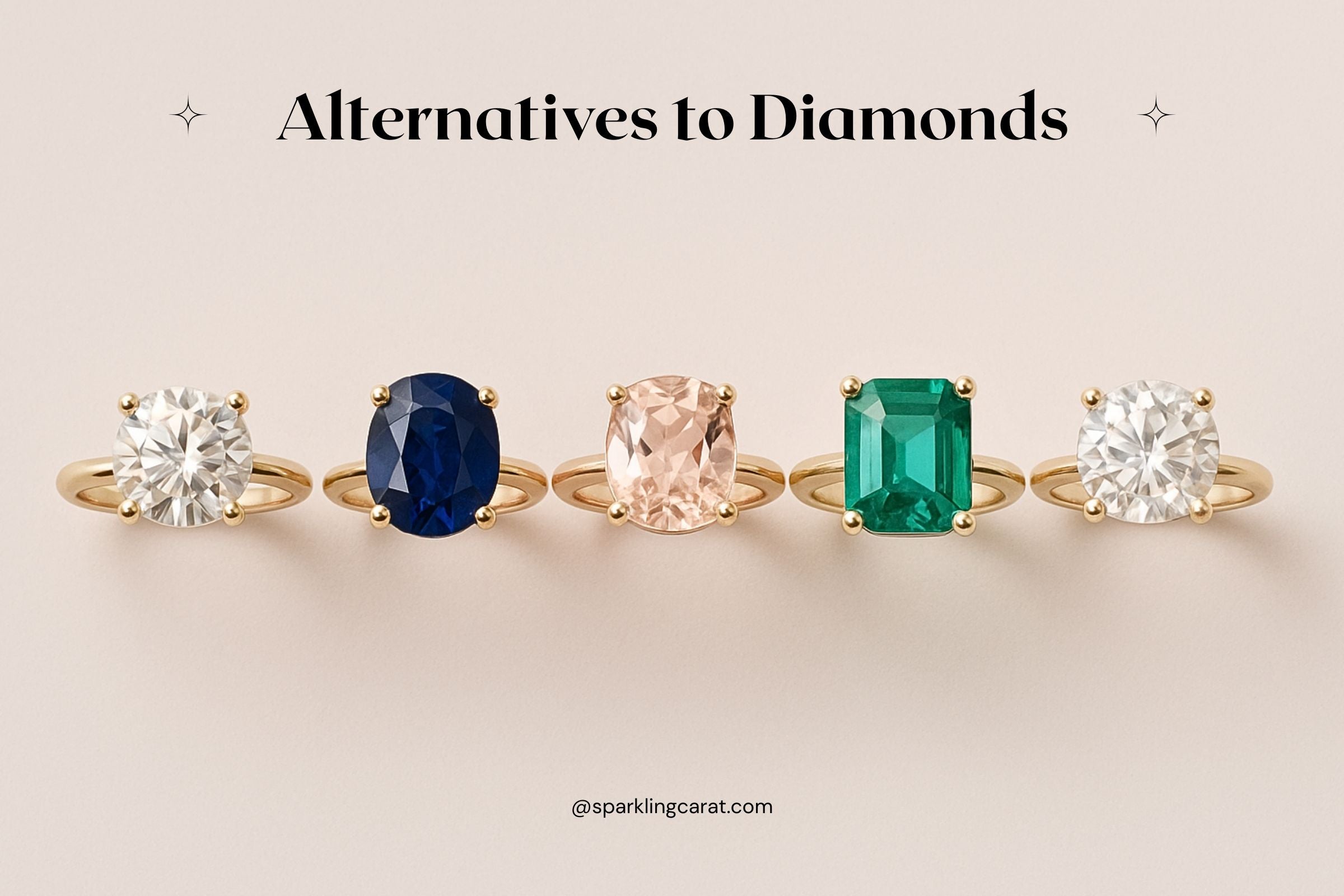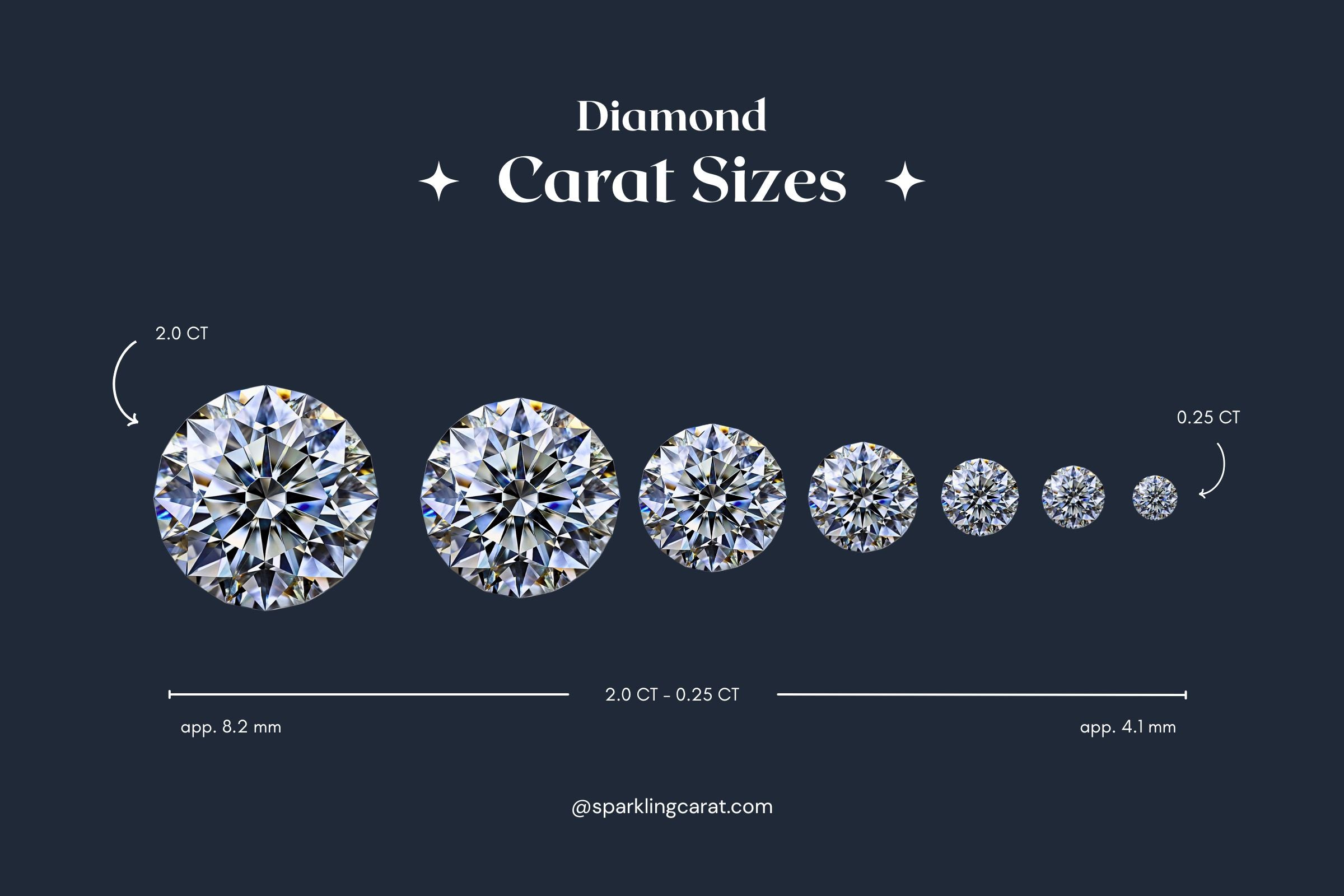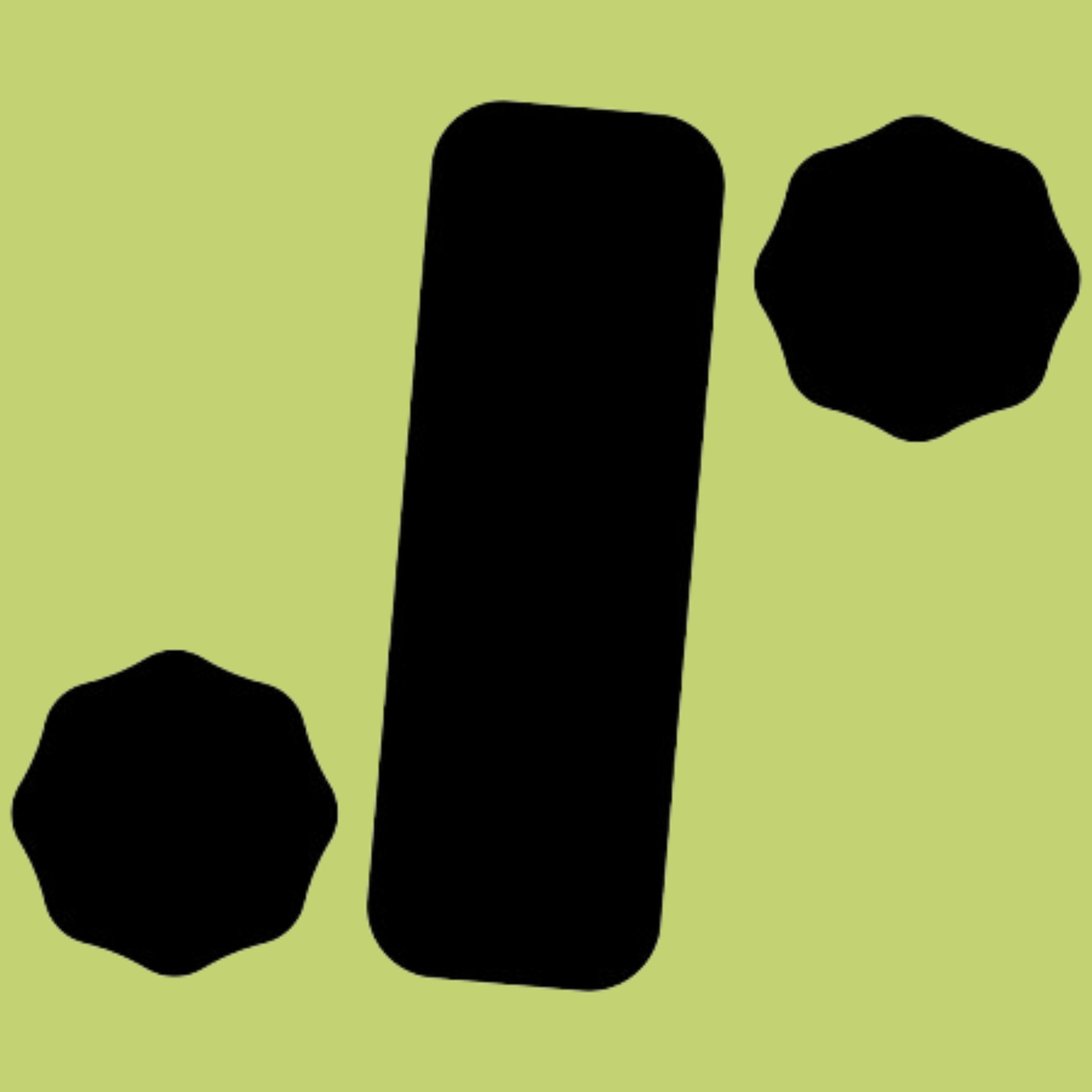How to Know if a Diamond is Real: Quick DIY Tests
Essential Guide by Sparkling Carat
Buying or inheriting a diamond comes with an important question:
Is it real?
While professional appraisal is the gold standard, there are several DIY methods you can try at home to spot a fake quickly and easily.
In this guide, Sparkling Carat walks you through simple, safe tests to help you identify a real diamond from a fake.
(Related: Learn how to understand diamond quality with our 4Cs of Diamond Guide)
Why It’s Important to Authenticate a Diamond
Whether you're buying, selling, or insuring jewelry, verifying authenticity is crucial because:
-
Real diamonds hold significant value.
-
Insurance requires certification.
-
Fake stones (like cubic zirconia) can look convincing but are much less valuable.
Quick DIY Tests to Check if Your Diamond is Real
Here are simple, safe methods you can do at home before visiting a jeweler:
1. Water Test
What You'll Need: A glass of water
Steps:
-
Drop the loose stone gently into the glass.
-
Real diamond: Sinks to the bottom.
-
Fake stones: May float or sink slowly.
Why It Works: Diamonds are very dense.
2. Fog Test
What You'll Need: Your breath!
Steps:
-
Hold the diamond close to your mouth and breathe on it (like fogging a mirror).
-
Real diamond: Clears up almost instantly.
-
Fake stone: Stays foggy for several seconds.
Why It Works: Diamonds disperse heat rapidly.
3. Read-Through Test (for loose stones)
What You'll Need: A newspaper or printed text
Steps:
-
Place the stone flat side down on the text.
-
Try to read the words through the stone.
-
Real diamond: Distorts text, making it unreadable.
-
Fake stones: You might see the print clearly.
4. Scratch Test (Not Recommended)
Caution: We do not recommend this method as it might damage your jewelry.
Concept: Diamonds can scratch glass, but this test risks damaging both the stone and the surface.
Instead, trust better non-damaging tests or visit a jeweler!
5. UV Light (Black Light) Test
What You'll Need: A UV flashlight
Steps:
-
Place your diamond under UV light.
-
Real diamond: Often glows a bluish fluorescence (though not always).
-
Fake stones: Generally show little or no fluorescence.
Note: Lack of fluorescence doesn’t mean a stone is fake; this test only gives a clue.
Professional Testing is Always Best
While these DIY methods are great for initial checks, professional evaluation is essential to confirm:
-
Natural vs. lab-grown diamonds
-
Diamond grading (color, clarity, cut, carat)
-
Hidden flaws
At Sparkling Carat, we offer trusted certification and expert inspection services.
(Need to know more about lab-created stones? Read our blog on Lab-Grown vs. Natural Diamonds.)
Common Myths About Diamond Testing
-
Myth: "If it sparkles, it’s real."
Fact: Many fakes like Moissanite have extreme sparkle too. -
Myth: "Heavier stones must be real."
Fact: Fake stones like cubic zirconia are often heavier than diamonds! -
Myth: "All real diamonds glow under UV light."
Fact: Some natural diamonds don’t fluoresce at all.
Internal Links to Explore Further:
FAQs About Real vs Fake Diamonds
Q: Can a lab-grown diamond pass these DIY tests?
A: Yes! Lab-grown diamonds have the same physical properties as natural diamonds.
Q: Can Moissanite fool these tests?
A: Moissanite is very close in appearance to diamonds and can pass many tests. Professional tools are needed to distinguish them accurately.
Q: How accurate are home tests?
A: DIY tests can provide clues but are not foolproof — always confirm with a jeweler.






Leave a comment
This site is protected by hCaptcha and the hCaptcha Privacy Policy and Terms of Service apply.